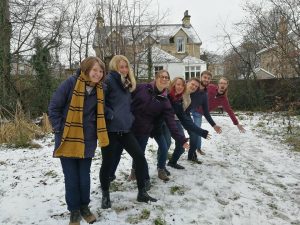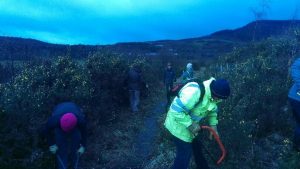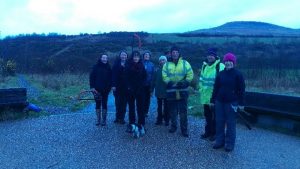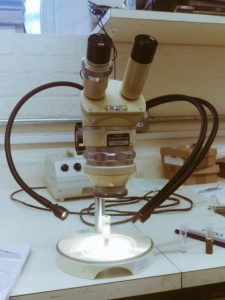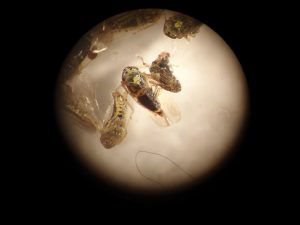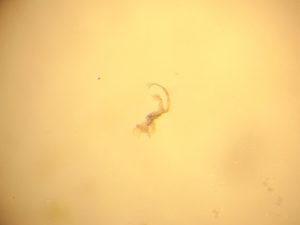
Hello, I’m Nia, the new natural talent trainee based at the fantastic National Museum of Wales in Cardiff. I am studying leafhoppers and planthoppers, a wonderfully diverse and abundant group of insects in grassland. Very few people however choose to study them due to their small size and the need to dissect them to identify them down to species level. But we think they are worth the effort. The information we can gain from these hoppers about the effects of climate change and how to manage our grasslands better means that there’s an amazing opportunity to be had to improve our knowledge on the biodiversity and ecosystem health of our grasslands. This traineeship will help me gain the expertise needed to study these creatures and hopefully pass on my interest and identification skills to other conservationists.
The traineeship started with a trip to Scotland for a short induction and a chance to meet the other trainees based around the country. We had a great time getting to know each other and having fun in the snow.
Back in Wales I had the opportunity to attend the Gwent-Glamorgan recorders forum, a day full of interesting speakers, including my predecessor Phoebe and mentor Mike. The talks highlighted our biodiversity and the need for biological records, they have most definitely inspired me to start recording more!
I have also been out doing practical habitat management with the Spirit of Llynfi Woodland community group, clearing gorse back from the paths. We all got a bit soggy, but we always have fun when we’re out. I may be slightly biased, but I think volunteers are pretty awesome people.
Back at the museum I have been thrown into the deep end working through the samples collected by Phoebe and Mike last summer to compare the quality of grasslands in different fields with different management histories. I’m excited to see the results after all our hard work.
With Phoebe looking over my shoulder I’m working my way through Identification keys and becoming very familiar with Macrosteles genitalia.
I am now becoming confident in the basics, like the difference between males and females (females have a big ovipositor) and the difference between leafhoppers and planthoppers (leafhoppers have very hairy back legs and planthoppers have big warty antennae – see https://naturalhistory.museumwales.ac.uk/vectors/Home.php for more information).
In the upcoming months I’m looking forward to getting to grips with the identification keys and getting out in the field and finding some hoppers!

